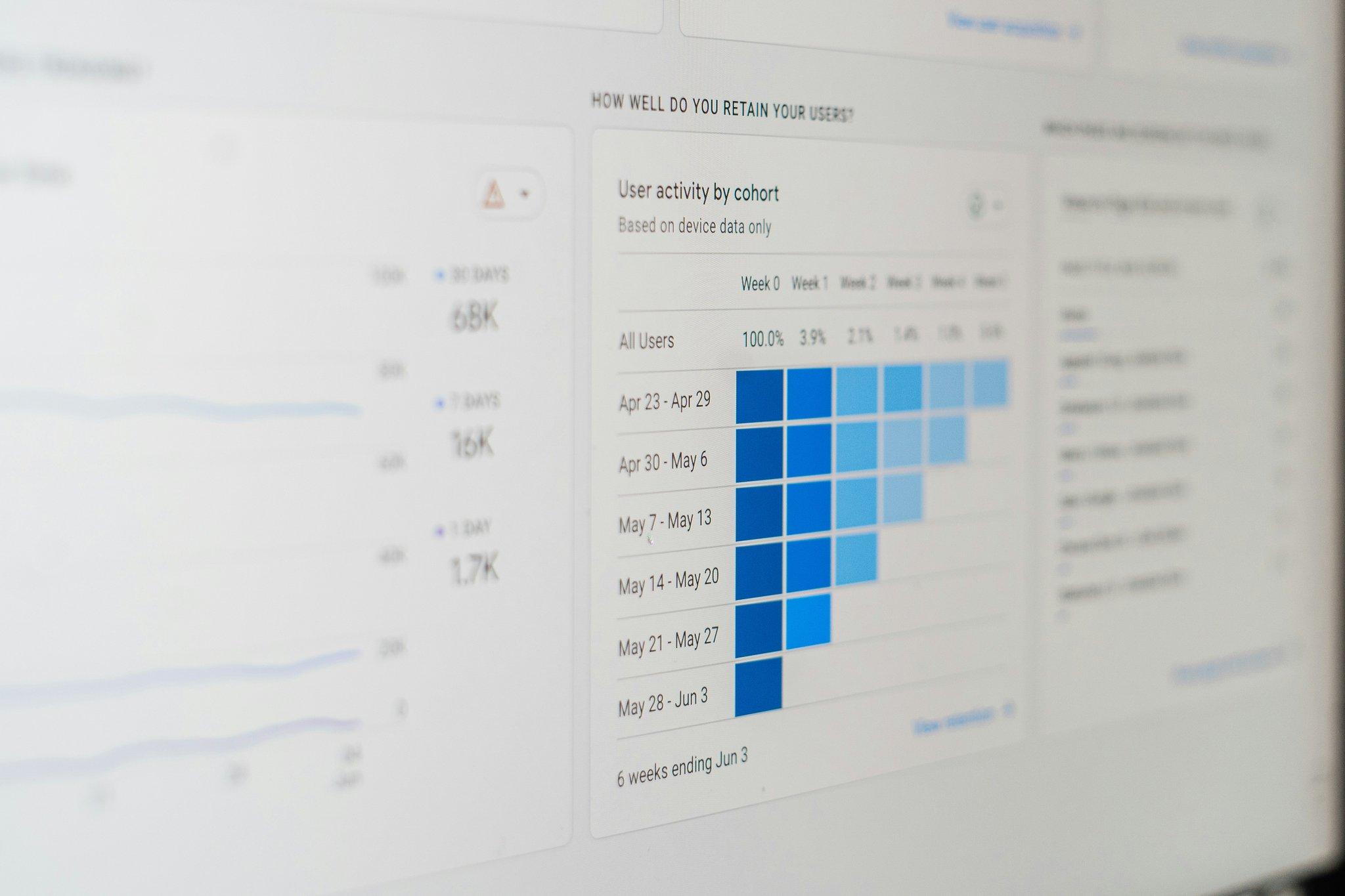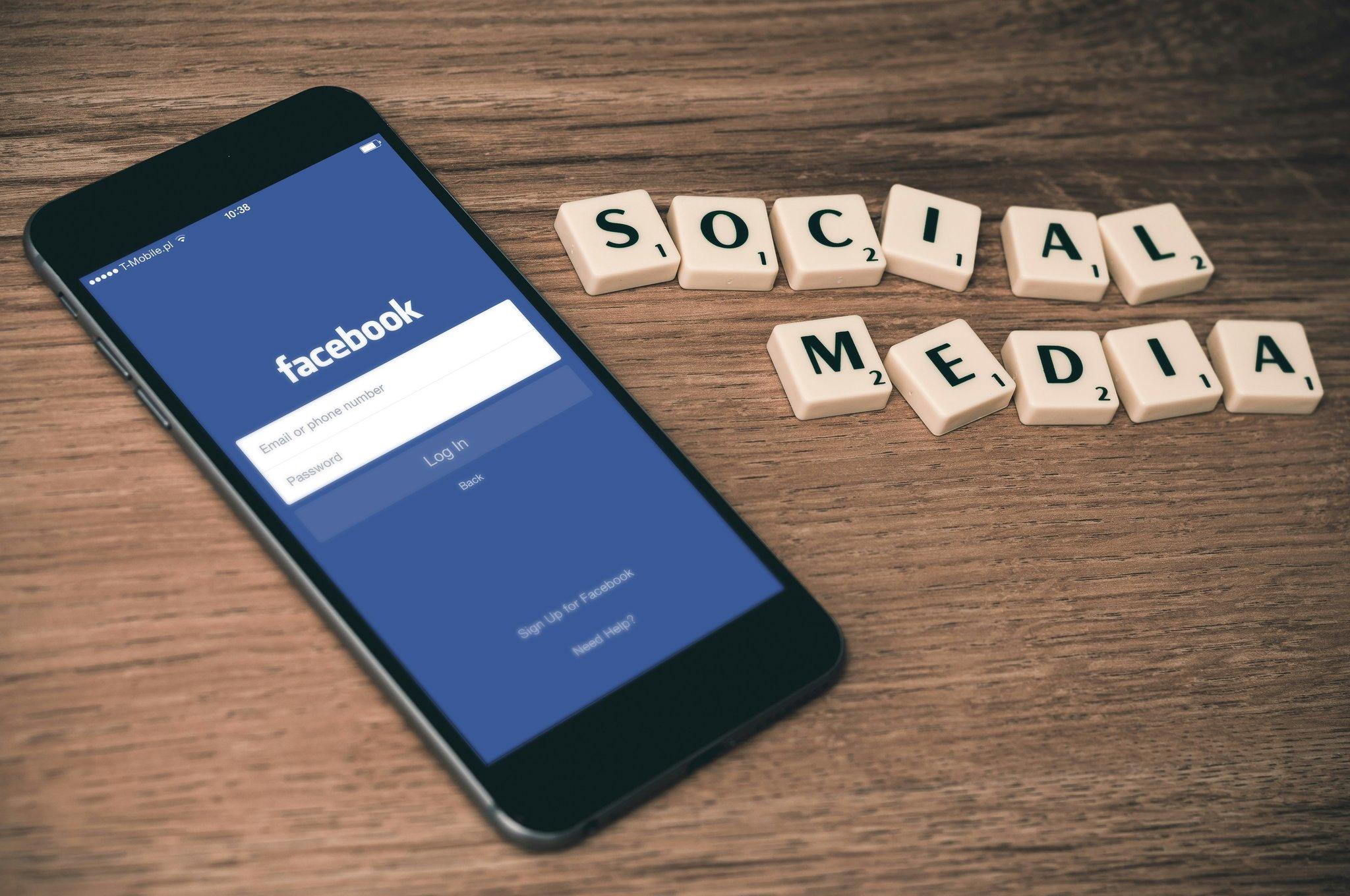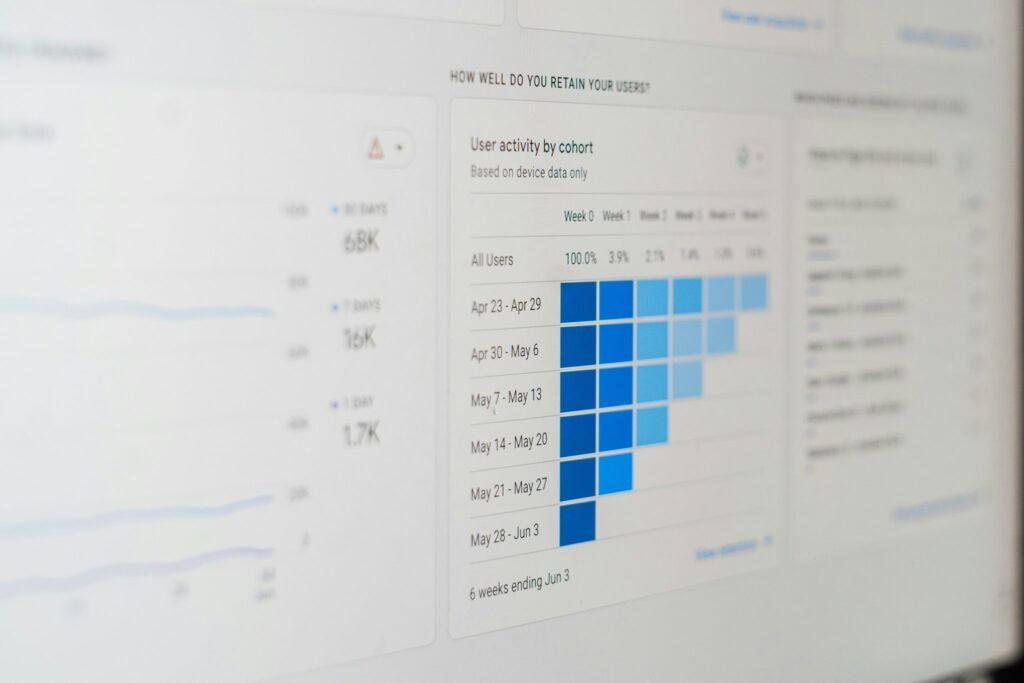Ever felt like you’re drowning in tweets, comments, and DMs? Yeah, us too. Managing social media is no joke, especially when platforms seem more unpredictable than ever. But what if there was a way to automate some of the chaos? Enter natural language processing for social media management. Today, we’re diving deep into how NLP can revolutionize your strategy while keeping it human-first.
Table of Contents
- Key Takeaways
- What Is Natural Language Processing for Social Media?
- How to Implement NLP in Your Workflow
- Tips for Maximizing Results
- Real-World Success Stories
- FAQs About Natural Language Processing for Social
Key Takeaways
- NLP helps analyze sentiment and automate responses on social platforms.
- It reduces manual workload without losing the personal touch.
- Integrating AI tools enhances customer engagement metrics.
- Beware of over-relying on automation—it can backfire!
What Is Natural Language Processing for Social Media?

If you’ve ever wondered how chatbots understand sarcasm or why Instagram filters out hate speech, that’s NLP at work. In simple terms, natural language processing for social media involves teaching machines to interpret, respond to, and even mimic human conversation. This tech isn’t just about efficiency; it’s about creating meaningful interactions at scale.
I’ll admit—I once used an auto-reply bot on Twitter that sounded like a robot speaking Klingon. My followers didn’t hesitate to roast me. Lesson learned? Automation only works if it feels organic. NLP bridges this gap by analyzing tone, context, and intent—making bots less…well, robotic.
Why Should You Care?
Here’s the brutal truth: Social media moves faster than my morning coffee habit. If you’re not leveraging tech to keep up, you risk falling behind. Whether it’s categorizing brand mentions or predicting viral trends, NLP saves time and boosts accuracy.
How to Implement NLP in Your Workflow

Luckily, adopting NLP doesn’t require a PhD in computer science (phew). Here’s a step-by-step guide:
Step 1: Choose the Right Tool
Optimist You: “There are so many awesome options!”
Grumpy You: “Ugh, fine—but research them first.”
Popular tools include Hootsuite Insights, Sprout Social, and IBM Watson. Each has its strengths, but don’t fall for flashy features unless they match your goals.
Step 2: Train Your Model
NLP algorithms need training data. Feed them examples of past interactions, FAQs, or common queries from your audience. Think of it as raising a digital Tamagotchi—care matters!
Step 3: Test Before Launch
Run small-scale tests to ensure your responses sound human enough. Remember that #VeganRecipes fail I mentioned earlier? Yeah, avoid repeating history.
Tips for Maximizing Results
- Balance Automation and Authenticity: Don’t rely solely on NLP. Blend automated replies with personalized touches.
- Monitor Sentiment Trends: Track whether audiences love or loathe your campaigns using sentiment analysis.
- Avoid Over-Automation: Auto-replying everything makes you look lazy. Use discretion!
Rant Break: Nothing grinds my gears more than brands spamming irrelevant hashtags because their algorithm said so. Algorithms aren’t gods—they’re tools. Treat them accordingly.
Real-World Success Stories
Let’s talk numbers. A major e-commerce brand integrated NLP-powered chatbots across Facebook and Instagram. Engagement rates soared by 40%, all while reducing response times from hours to seconds. Sounds like magic, right? Spoiler: It’s just smart tech.

FAQs About Natural Language Processing for Social
Q: Does NLP replace human managers?
Nope! While NLP handles repetitive tasks, humans still own creative decisions and crisis management.
Q: What are the risks of using NLP?
Over-reliance can lead to awkward miscommunication. Always test before fully deploying any system.
Q: How much does NLP cost?
Costs vary widely depending on tools and customizations. Startups might pay $50/month; enterprises could shell out thousands annually.
Conclusion
To recap, natural language processing for social media isn’t just a buzzword—it’s a game-changer. By automating tedious tasks and improving user experiences, NLP lets you focus on what truly matters: building connections.
So grab that coffee (or tea) and start exploring how NLP fits into your strategy. And remember, balance is key. After all, good branding sounds like your laptop fan during peak productivity—not a malfunctioning printer.
Haiku Time:
Code whispers wisdom,
Data meets humanity.
Social thrives anew.


